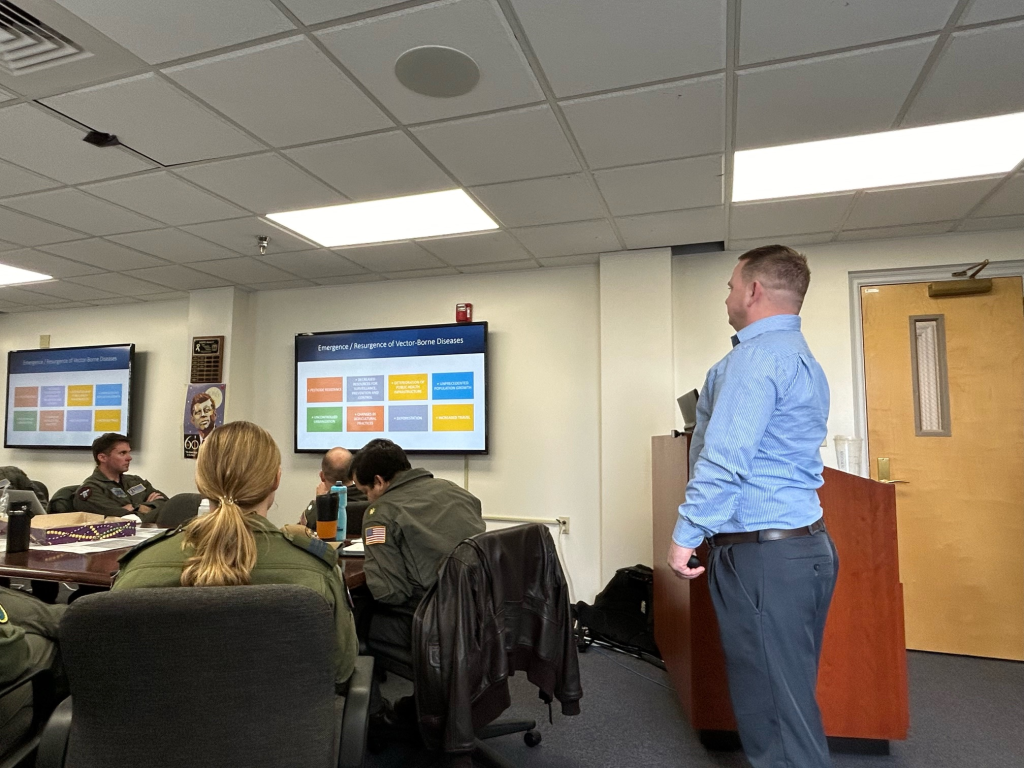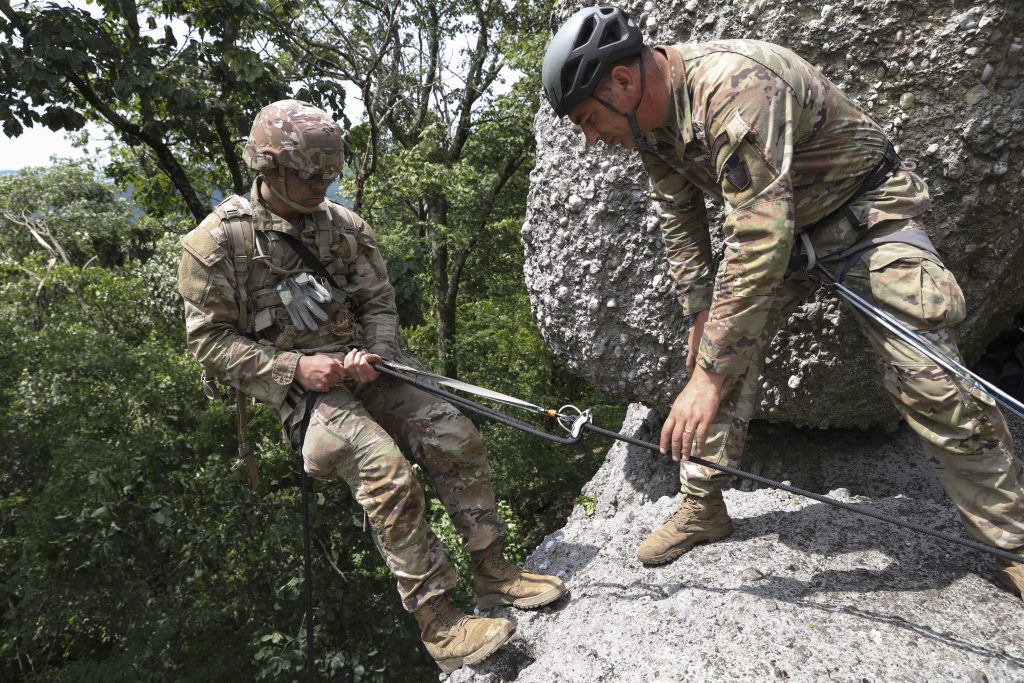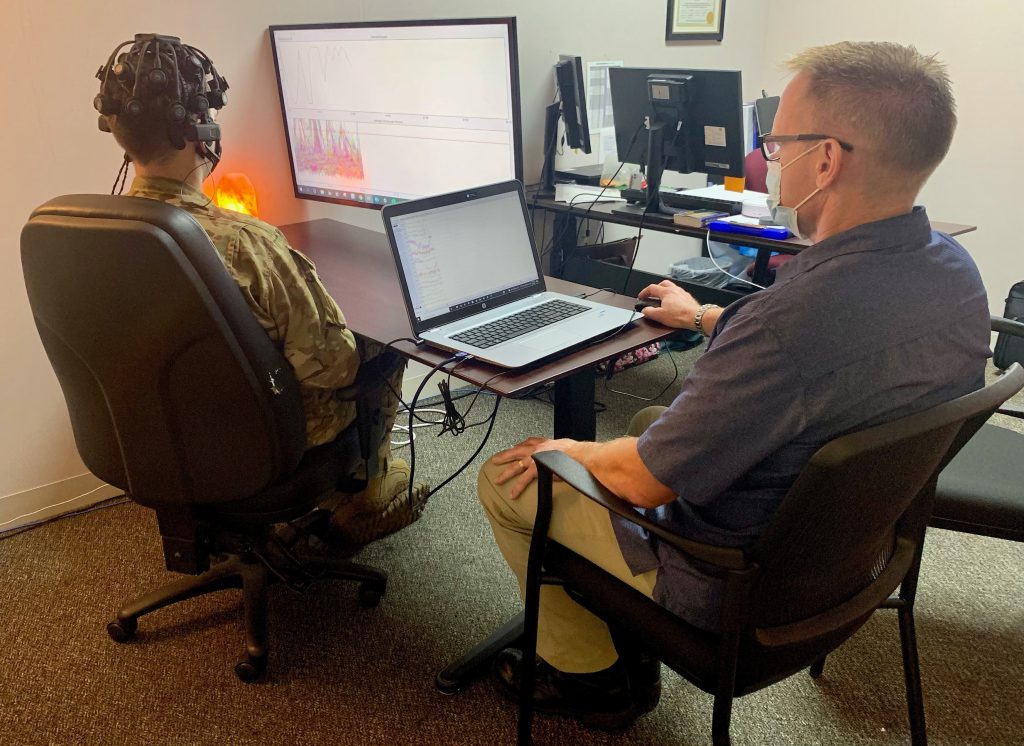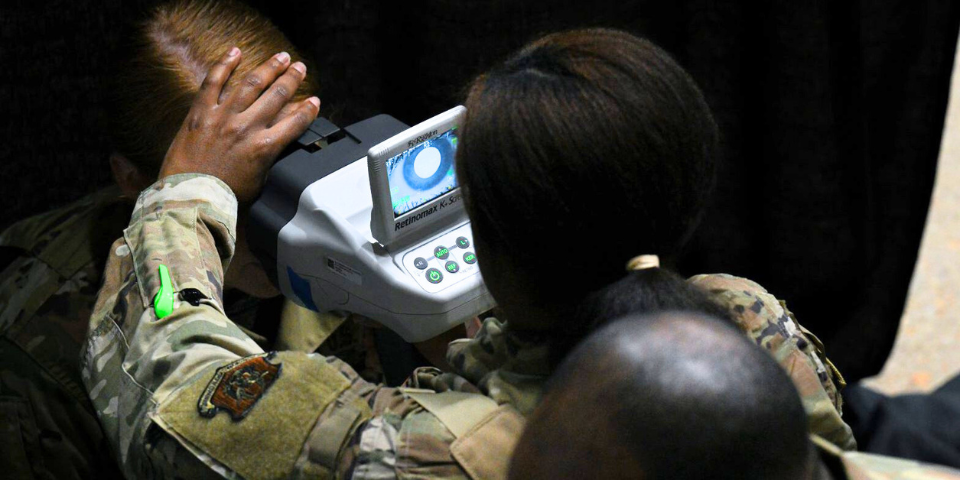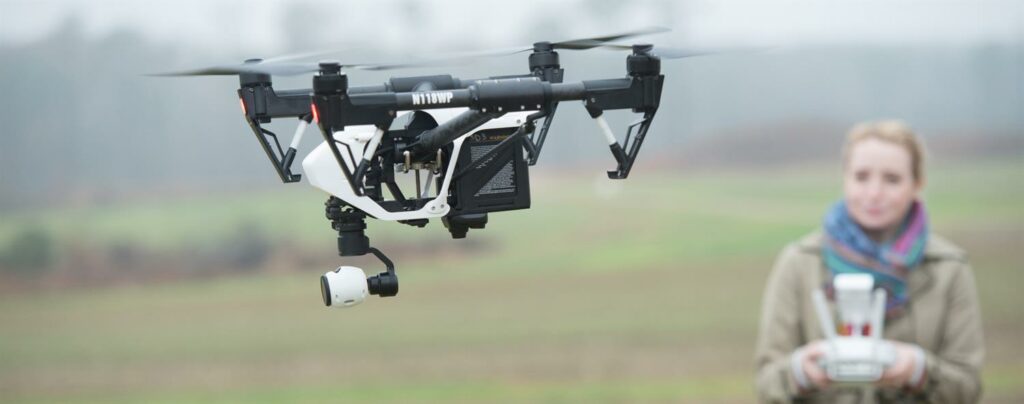Are you interested in delivering a webinar presentation on your DoD research and engineering efforts?
HDIAC hosts live online technical presentations featuring a DoD research and engineering topic within our technical focus areas.
Host a Webinar with HDIAC
Upcoming Webinars
Managing Public Health During a Migration Crisis
In February 2024, the Homeland Defense and Security Information Analysis Center (HDIAC) lead a Table Top Exercise (TTX) in support of military physicians in a residency program. During this program, students obtained their master’s in…
Security Implications for the United States from Iranian and Hezbollah Activities in Latin America and the Caribbean
This presentation will examine engagement with Latin America by Iran, its government agents, and surrogate groups such as Hezbollah, including terrorist finance, terrorism, and other activities and their evolution in recent years. It will address…
Never Deployed but Still at Risk: Substance Use and Mental Health Problems Among Reserve/Guard Soldiers
Brain Health Mini-Series: Part 2 Reservists constitute approximately one-third of the U.S. Armed Forces; however, military health research disproportionately focuses on active service members and veterans. Operation: SAFETY (Soldiers and Families Excelling Through the Years)…
DoD Nuclear Energy Use Case – A Combatant Command Perspective
The U.S. Department of Defense (DoD) was an early adopter of nuclear power and pioneered research of mobile nuclear energy. In addition to the well-documented U.S. Navy nuclear propulsion program, the U.S. Army constructed eight…
Rewiring the Brain for Optimized Performance
Brain Health Mini-Series: Part 3 Neurofeedback (NFB) is a specialized application of biofeedback employed to modify brainwave activity and event-related potentials. It uses operant conditioning with visual or auditory stimuli as reinforcing feedback to teach…
Emerging Capabilities for Evaluating Cognitive and Oculomotor Function in Service Members With Traumatic Brain Injury
High rates of traumatic brain injury (TBI) are sustained by U.S. military personnel in combat and garrison environments. Changes in brain function related to TBI can negatively impact military readiness and quality of life. Clinical…
Past Webinars
Podcast: Nuclear Waste Security and Management
The amount of nuclear waste is expected to increase as the world becomes more reliant on nuclear energy. There are two main models regarding nuclear…
Podcast: Monitoring Critical Infrastructure with Unmanned Aerial Vehicles
A substantial number of Critical infrastructure components, such as dams, bridges, tunnels, pipelines, etc., were built over 50 years ago; therefore, it is vital to…
Podcast: SCADA Vulnerabilities and Critical Infrastructure
Critical infrastructure, such as dams, bridges, tunnels, pipelines, etc., is a vital to the United States. On way to protect critical infrastructure is through sensors…
Podcast: 3D Printing and Alternative Energy
Alternative energy remains a priority for the Department of Defense. 3D printing can be an invaluable tool in order for the DoD to maintain a…
Podcast: Nanomedicine and the Department of Defense
Discovering and implementing new technologies supporting the health and wellness of U.S. warfighters continues to be important due to the correlation between the health of…
Podcast: Emerging Infectious Disease and the Department of Defense
Infectious diseases, transmitted by either contact with body fluids or through a vector, is an important consideration for military operations. From time-to-time, outbreaks occur when the…


